Composers
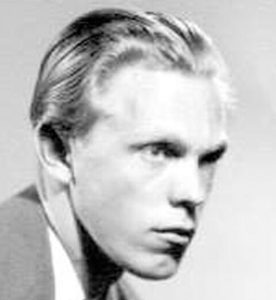
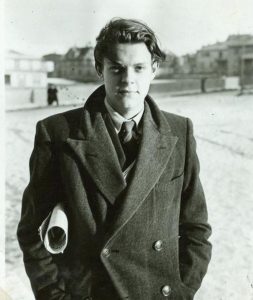
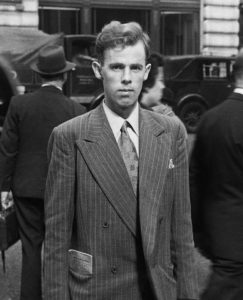
Magnús Blöndal Jóhannsson (1925–2005) began his music studies at the Reykjavík School of Music, then studied at the Juilliard School of Music in New York from 1947 to 1953. He was the first Icelandic composer to employ serialism; Four Abstractions for piano was composed while he was still studying in New York. Jóhannsson was one of the founders of the Musica Nova collective in Iceland in 1959 and began to experiment with electronic music at around that time. His first electronic work, Electronic Study for wind quintet and piano, was premiered in 1960, followed by Constellation (1961) and Points (1962). After a period of silence, Jóhannsson returned to composition with a series of remarkable works around 1980, including Solitude for solo flute and Adagio for strings, percussion and celeste.
Jón Nordal (1926–2024) studied composition with Jón Þórarinsson in Iceland and continued his studies with Willy Burkhard in Switzerland. His early style is indebted to Paul Hindemith, for example his Concerto for Orchestra and Sonata for Violin and Piano, but he later developed a unique style, pensive and chordally based. His participation at the Darmstadt course led to the serial Brotaspil, after which he composed nothing for several years. Only with his orchestral Adagio (1966) did he find his own style, and was particularly active in the 1970s as a composer of orchestral and choral music. He was also the Principal of the Reykjavík School of Music from 1959 to 1992.
Fjölnir Stefánsson (1930–2011) began his music studies as a cellist at the Reykjavík School of Music. Later he majored in theory and compostion, studying with Jón Þórarinsson and graduating in 1954. He continued his studies in London with Matyas Seiber from 1954 to 1958. Several of his key works, including Three Songs from Time and the Water, Five Sketches for Piano, and Three Songs from the Graduale for choir, date from his studies with Seiber in London. After finishing his studies he returned to Iceland, teaching at the Reykjavík School of Music and becoming Principal of the Kópavogur School of Music (1968–2000).
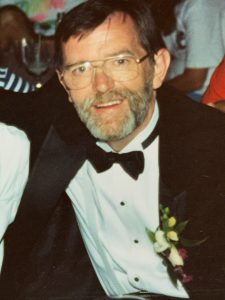
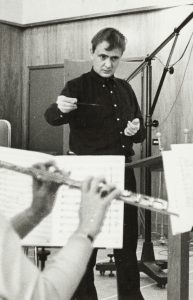
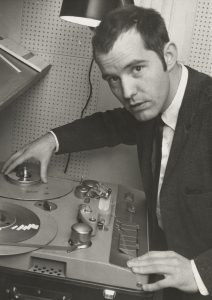
Jón S. Jónsson (1934–2005) studied piano at the Reykjavík School of Music and continued his studies in the USA, completing his master’s degree at Northwestern University in 1958, and his doctorate in the 1960s, also from Northwestern. He only worked as a composer in Iceland for a few years, ca. 1960–65, after which he returned to the US. He taught at the Eastern New Mexico University from 1974 until his retirement in 1997. Several of his early works are important in the history of Icelandic modernism, although only a few were ever performed in Iceland, in particular his Sonata for Violin and Piano and the chamber works Traynour and Dimensions.
Leifur Þórarinsson (1934–1998) began violin studies at the Reykjavík School of Music, later studying theory and composition there with Jón Þórarinsson, who had recently returned to Iceland from studies with Paul Hindemith at Yale. Þórarinsson left Iceland in 1954 to pursue further studies in Vienna and Munich, under the supervision of Hanns Jelinek and others. In 1959, Þórarinsson studied with Wallingford Riegger and Gunther Schuller in the United States. Þórarinsson’s oeuvre includes a number of large symphonic works, a Violin Concerto, and chamber music. He was a pioneer of serialism in Iceland, moulded in the Schoenberg tradition in Vienna and the USA, but his later works show a variety of styles and influences.
Þorkell Sigurbjörnsson (1938–2013) studied piano at the Reykjavík School of Music, then continued his education in the United States. He attended Hamline University (Minnesota) and the University of Illinois at Urbana-Champaign, completing a master’s degree in composition in 1961 under the tutelage of Kenneth Gaburo and Lejaren Hiller. He also attended summer courses in composition at Darmstadt, Nice and Tanglewood. Sigurbjörnsson was a remarkably prolific composer and a key participant in Iceland’s musical scene as pianist, teacher, critic, and radio commentator. His work list includes orchestral works, concertos, choral works, chamber music, and operas for children.
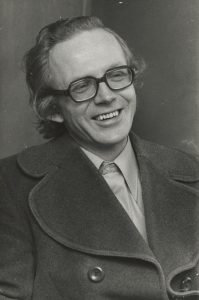
Atli Heimir Sveinsson (1938–2019) studied piano at the Reykjavík School of Music, and composition, conducting and piano at the State Academy in Cologne, with teachers including Günter Raphael, Rodolf Petzold, and Bernd Alois Zimmermann. He also studied with Karlheinz Stockhausen, and in the Netherlands he studied electronic music with Gottfried Michael Koenig. Sveinsson’s catalogue includes nine solo concertos, numerous orchestral, chamber and solo works, an orchestral song cycle to Steinn Steinarr’s poem Time and Water; and several operas, including The Silk Drum (1981). In 1976 he became the first Icelandic composer to receive the Nordic Council Music Prize, for his Concerto for Flute and Orchestra, a key work of Icelandic modernism in the 1970s.


